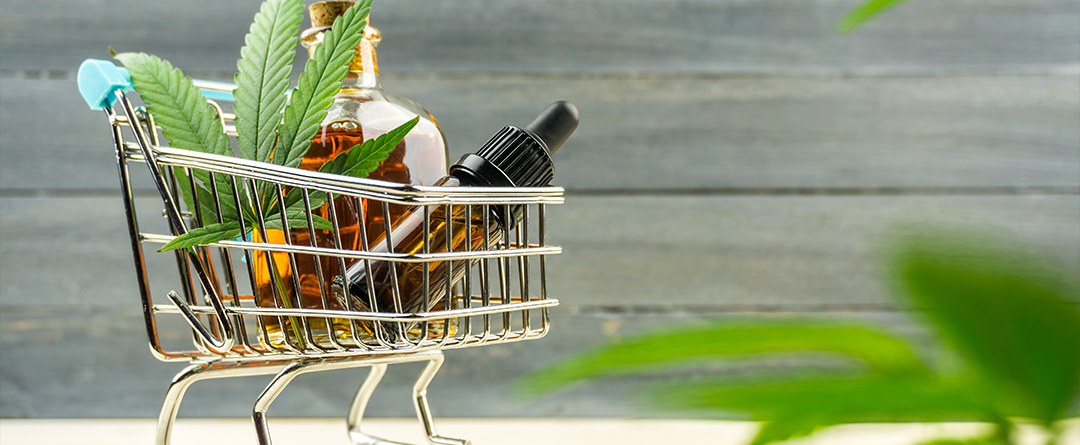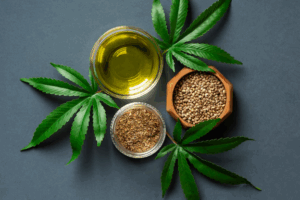Trainwreck Kratom: What It Is & Why People Love It
If you’ve explored the world of kratom, you’ve probably come across Trainwreck Kratom — a name that’s bold, a little mysterious, and often mentioned by
Due to holiday carrier volume, some orders may be delayed.

It’s easy to get overwhelmed when looking into a new product. Where do you start and how do you choose? Once the passing of the Agricultural Act of 2018, better known as the 2018 Farm Bill, the U.S.’s CBD craze took off. The flooded CBD market can be a little overwhelming. With a growing range of brands and products, choosing a product that suits your needs can seem nye impossible. Here at Pursuit of Wellness, we hope to make that decision a little easier.
The prominent active cannabinoid found in cannabis plants is Tetrahydrocannabinol (THC). THC is the famous, or infamous, compound responsible for producing the psychoactive effect that gets you “high.”
THC might be legal in a handful of our more progressive states, but it remains illegal in most. In order for a CBD product to comply as a hemp product, it must come from a hemp-derived plant rather than a marijuana-derived plant, the latter of which contains a whole lot of THC. Legally, CBD must have less than 0.3% THC to be considered a hemp product.
THC content is essential to look for when considering your CBD purchase. Everyone is different, and having more than minute amounts of THC might not matter, and may be preferred. Workers expected to operate heavy machinery or are hypersensitive to the effects must ensure a limited or zero THC trace.
The possession of a COA, or certificate of analysis, is a must when considering a new CBD product. Us in the biz know all about it, and so should you. This document confirms a product has been thoroughly checked and has passed inspection. The CBD and THC levels will be verified in a COA. Also, a verification that the product is free from any and all contaminants. The product you are purchasing should always be 3rd party tested. This is an essential factor in terms of what to look for when making your purchase.
If you are unable to find these lab reports, reel it in, ladies and gents. It could mean several things, none of which are significant. Unfortunately, it could mean that the product does not contain the stated amount of THC. It could also mean the product contains harmful impurities.
Regardless – with no COA, consumers have no way to confirm the product they’re purchasing is safe to consume and use. Instead, they rely on the company itself, which has bias and a financial incentive to advertise a pure, legal product.
Another essential factor to consider is the concentration or amount of CBD in the product. Products should state how much CBD is in the entire container, and more specifically, products should say how much CBD but also in each dose.
If you’ve explored the world of kratom, you’ve probably come across Trainwreck Kratom — a name that’s bold, a little mysterious, and often mentioned by

What Is Kratom Seltzer? Everything You Need to Know Move over, hard seltzers — a new kind of botanical brew is making waves. Kratom seltzer

Top 7 Kratom Capsules That Work (And Where to Get Them) With the growing number of kratom brands entering the market, finding quality capsules you
Why Red Maeng Da Kratom Is the #1 Choice for Daily Buyers In the world of kratom, Red Maeng Da is one of the most

Plants like Kratom and CBD have received significant attention in recent years for their potential to improve overall wellness. As these two substances continue to